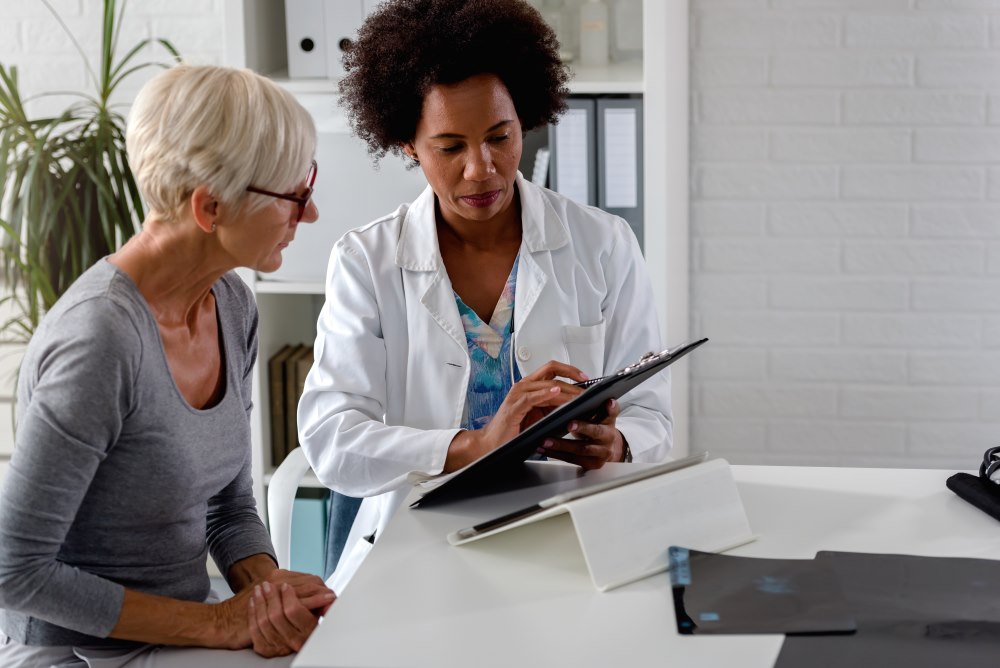How to Prepare for PRP Treatment

There are so many treatments for medical conditions that use medicine and prescription drugs, with high side effects and other concerns that many individuals would rather do without. While most of these conditions require these treatments to help a patient get better, some treatments, such as platelet-rich plasma therapy, can be used to treat various conditions, from hair loss to fine lines and wrinkles. But what exactly is platelet-rich plasma therapy, and how does it work?
Platelet-rich plasma (PRP) therapy has become a popular treatment option for various conditions, from sports injuries and chronic pain to aesthetic procedures like hair restoration and skin rejuvenation. As with any medical procedure, proper preparation is key to maximizing the effectiveness and ensuring a smooth experience. This article provides a comprehensive guide on preparing for PRP treatment, covering essential steps before, during, and after the procedure.
What is Platelet-Rich-Plasma Therapy?
A basic understanding of PRP Therapy is essential to understanding how it can benefit you. PRP therapy is a minimally invasive procedure that involves taking a small sample of a patient’s blood, which is then spun in a centrifuge and injected back into the patient’s body in the area that requires treatment. For example, the face, neck, and hands might be the areas that require treatment for fine lines and wrinkles. It can also be used around the hairline and scalp to encourage hair growth.
PRP therapy works because when the patient’s blood is separated, the parts that contain the necessary platelets in order to encourage the growth of collagen are preserved, and injected into the body at the right places in order to help you benefit.
Pre-Treatment Preparations
The first step in preparing for PRP treatment is scheduling a consultation with a qualified healthcare provider. During this consultation, the provider will:
- Evaluate Your Medical History: Discuss your overall health, current medications, and any underlying conditions that might affect the treatment.
- Assess the Treatment Area: Examine the area that will be treated to determine if PRP is the appropriate therapy.
- Discuss Expectations and Goals: Ensure that you have realistic expectations and understand the potential outcomes and risks associated with PRP therapy.
What to Do Before PRP Treatment
There are several things that you can do prior to your PRP therapy treatment that can help you achieve the best results.
Avoid Anti-Inflammatory Medications
One to two weeks before your PRP treatment, avoid non-steroidal anti-inflammatory drugs (NSAIDs) such as ibuprofen and aspirin. These medications can interfere with the platelets’ function and reduce the effectiveness of the treatment. Instead, use alternative pain relievers like acetaminophen if necessary.
Stop Taking Certain Supplements
Certain supplements and vitamins, such as omega-3 fatty acids, vitamin E, and garlic, can thin the blood and increase the risk of bruising. Stop taking these supplements at least a week before your treatment.
Stay Hydrated
Hydration is crucial for the blood-drawing process. Drink plenty of water in the days leading up to your treatment to ensure a smooth blood draw, as well as a healthy amount of platelets in your blood.
Eat a Healthy Diet
While eating a healthy diet is always important, it is even more crucial when you are planning any type of medical procedure. Maintain a balanced diet rich in fruits, vegetables, lean proteins, and whole grains. Avoid excessive alcohol consumption and processed foods, which can negatively impact your overall health and the quality of your blood.
Get Plenty of Rest
Get plenty of rest the night before your procedure. A well-rested body heals more efficiently and responds better to treatment.
Avoid Alcohol
Alcohol should be avoided for a few days before your procedure. This is to ensure that you are in your best health and that there are no alcohol levels in your blood, which can cause excessive bleeding.
What to Do on the Day of Your Treatment
On the day of your treatment, there are some things that you can do to help ensure that the procedure goes smoothly.
Eat a Light Meal
Have a light, nutritious meal before your appointment. This helps maintain stable blood sugar levels and prevents dizziness during the blood draw.
Wear Comfortable Clothing
Depending on the treatment area, you may need to wear clothing that allows easy access for injections. Opt for loose, comfortable attire.
Arrive Early
Plan to arrive a few minutes early to complete any necessary paperwork and relax before the procedure.
Ready to book your PRP treatment? Call the office of Dr. Ghozland at 310-393-9359 and we will be happy to get you scheduled or answer any questions you may have!
